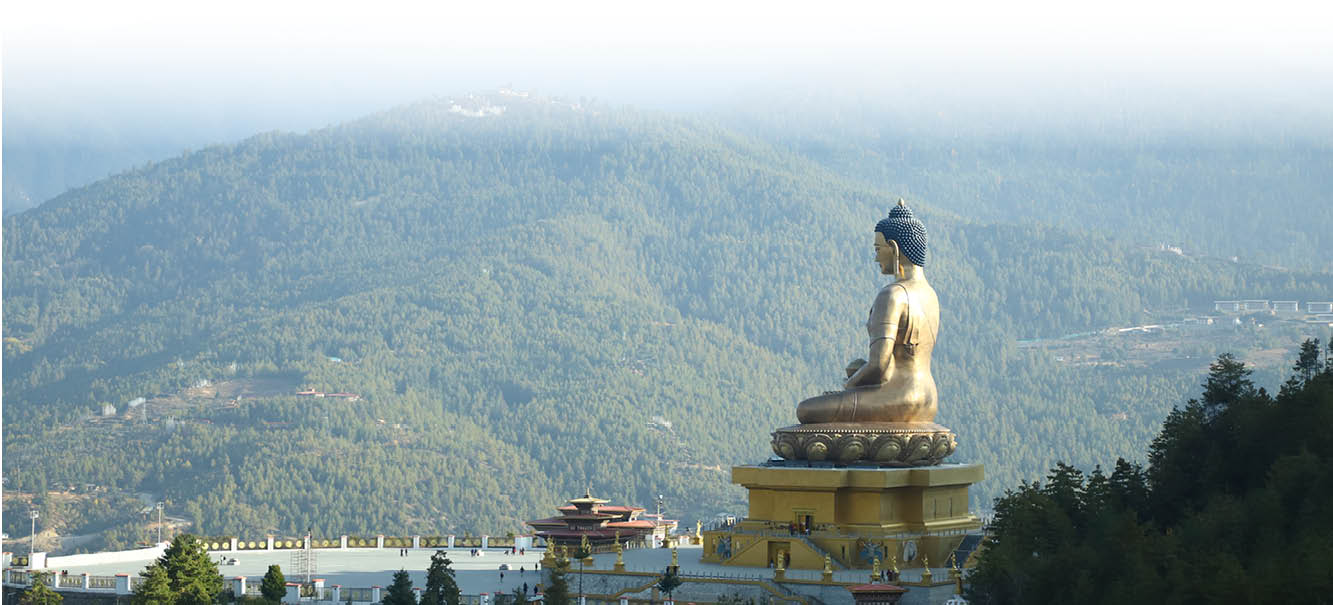
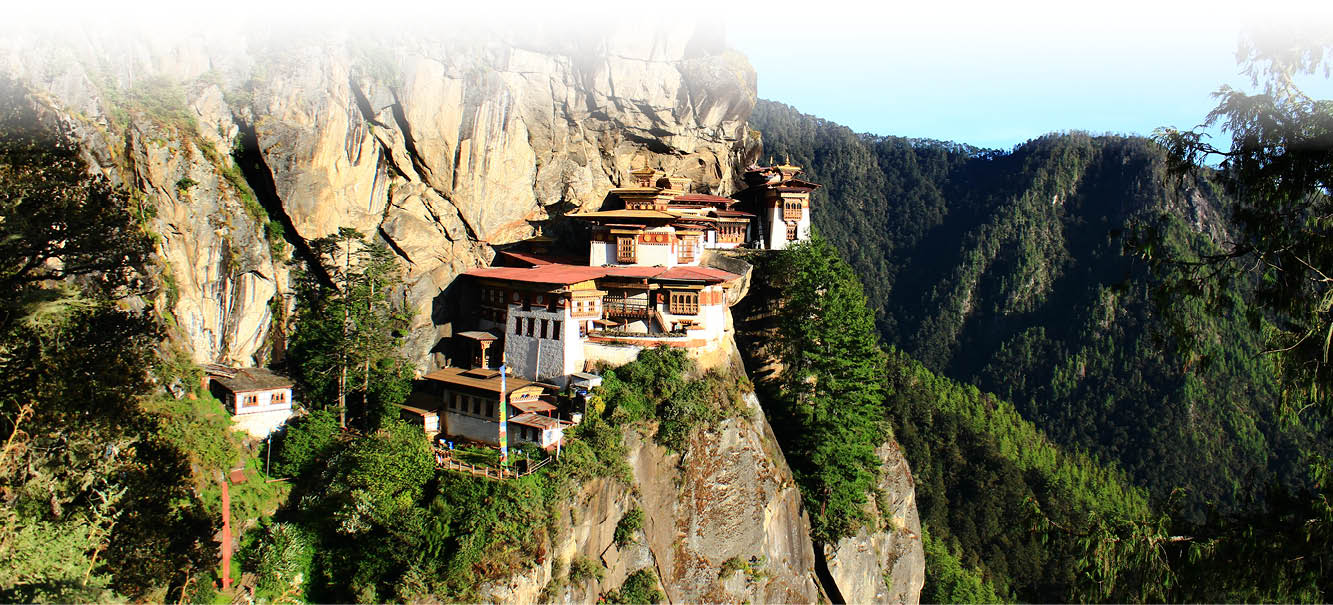

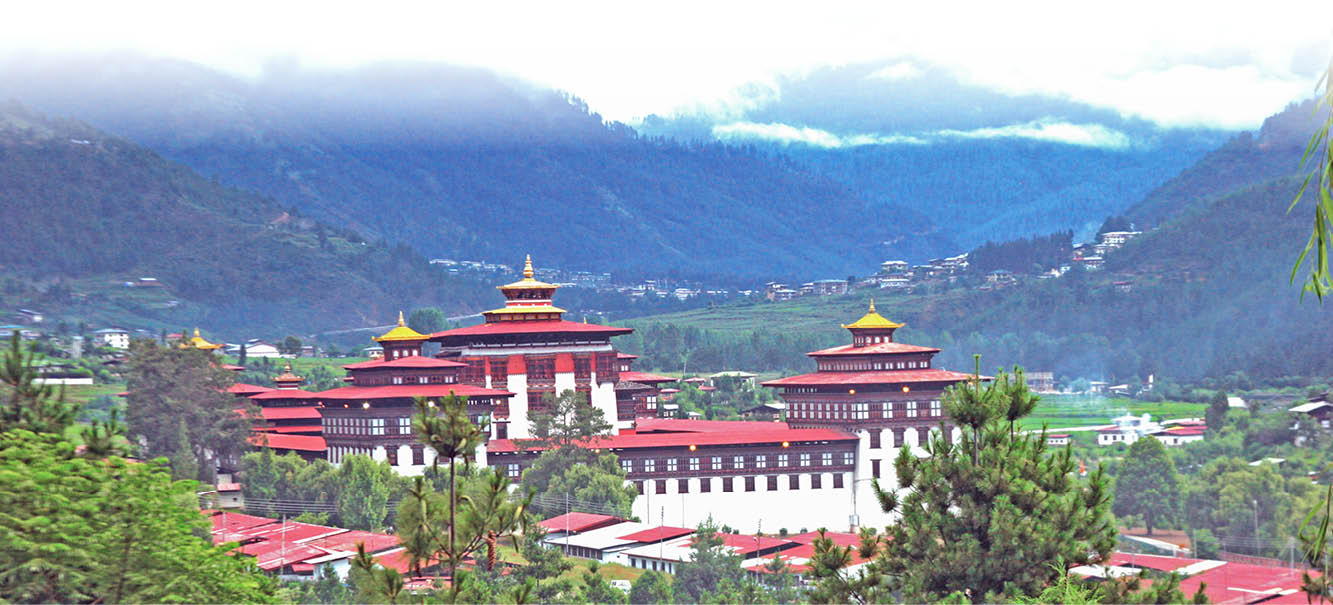
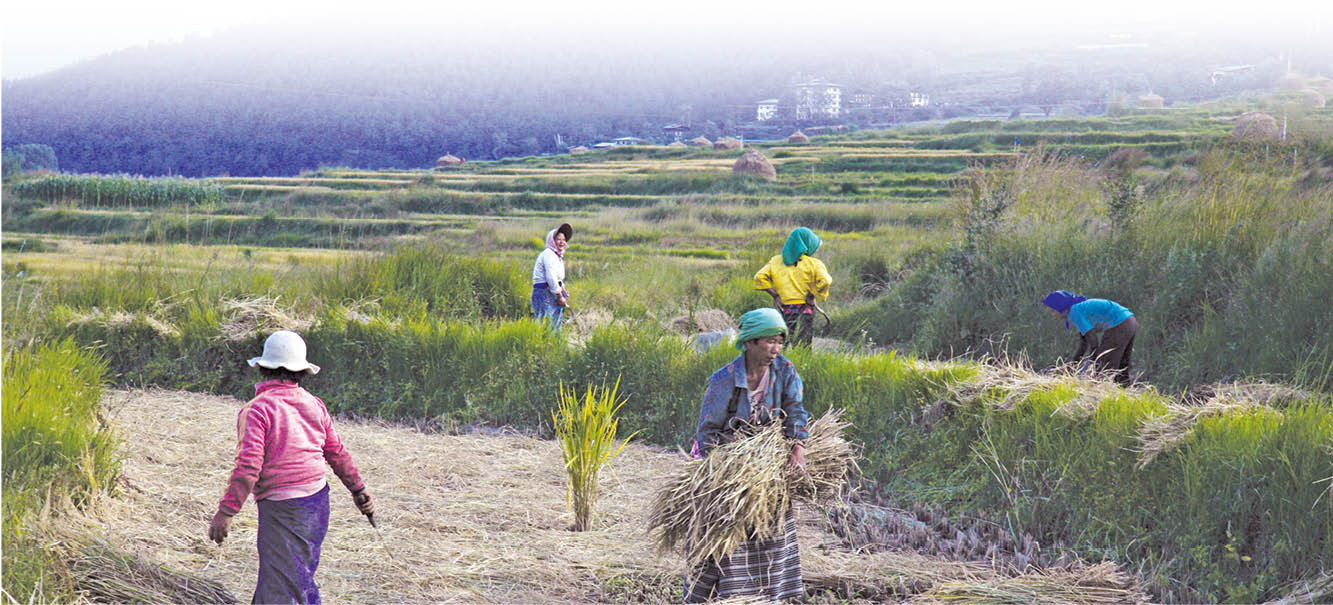
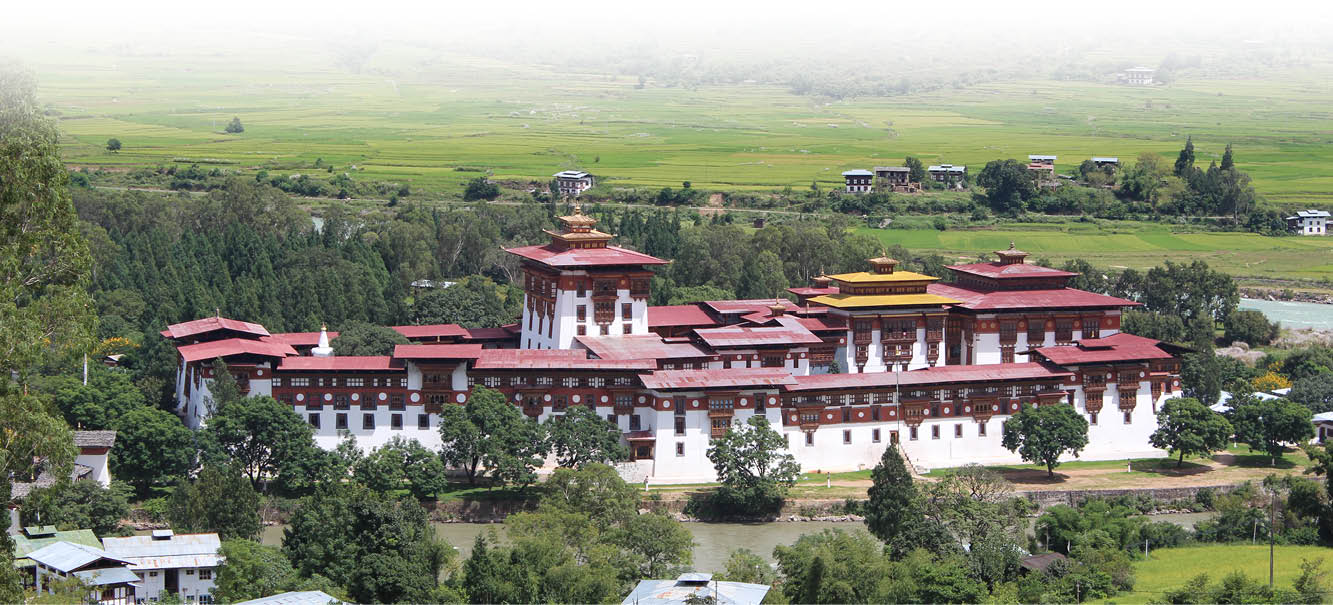
"Leading the way in Journeys, Explorations & Adventures"
ABOUT BHUTAN
A Brief History of Bhutan
It was only after the arrival of Zhabdrung Ngawang Namgyel, a spiritual leader, in 1616 that the country has unified and the foundations for the governance and identity of the people instituted.
Wangchuck Dynasty was born in 1907 when the people of Bhutan unanimously crowned Gongser Ugyen Wangchuck as the first hereditary King of Bhutan. King Jigme Wangchuck succeeded him as the second King. King Jigme Dorji Wangchuck was the third king and when he passed away in 1972, his 17-year-old son was deemed too young to be immediately crowned. But two years later, in 1974, His Majesty Jigme Singye Wangchuck became the fourth King of Bhutan, the youngest monarch in the world.
After 34 years of his reign, in 2006, His Majesty abdicated the Golden Throne in favor of his son, His Majesty Jigme Khesar Namgyel Wangchuck.
BHUTAN, the Land of The Thunder Dragon, is located between India and China. It is the small Himalayan Kingdom with rich natural resources and unique culture. Bhutan is a natural paradise with 71 percent of its total land under forest coverage with a variety of flora and fauna.
The musical flow of streams, beautiful scenes, and kind and compassionate local people make anyone from around the world choose Bhutan as the best destination to travel.
The development philosophy of Bhutan is Gross National Happiness (GNH) which attempts to value ecological, cultural, spiritual well-being, and environmental conservation above economic activities. About 60 percent of the people live in villages and depend on agriculture for livelihood.
The country has always been very conscious of its cultural heritage and it is evident from the fact that it introduced television and the internet only in 1999.
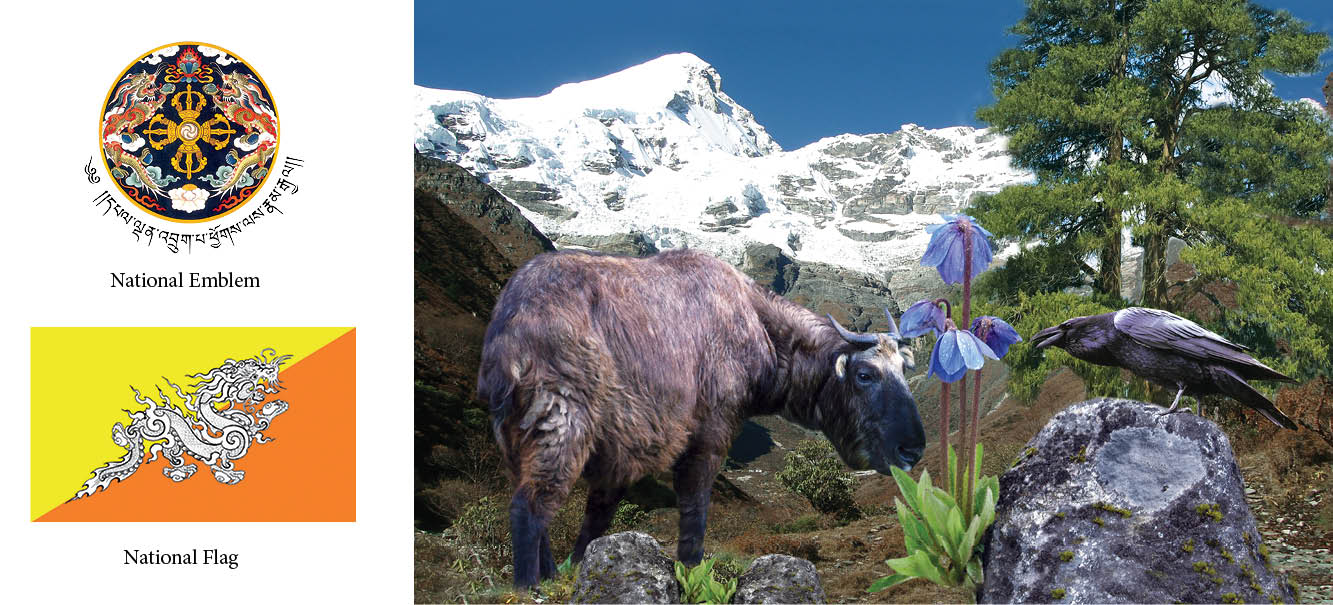
Bhutan’s national symbols
National Flag | National Emblem | National Animal (Takin)
National Flower: Blue Poppy (Meconopsis Gakyidiana)
National Bird (Raven) | National Tree: Cypress (Cupressus Torolusa)
Bhutan’s people, language, and culture
Due to Bhutan’s self-imposed seclusion from the rest of the world until fifty years ago, its rich culture has survived unaltered. Bhutan’s official language is Dzongkha, which translates to “the language of the fort.” Despite its small size, Bhutan boasts a diverse and rich culture. The country’s challenging geography was successful in preserving each ethnic group distinct and lively.
Climate and Weather
Bhutan has four distinct seasons, with varying climates according to altitude. The spring season, from March through May, has beautiful weather and the blooming of the flowering trees. Summer, which lasts from June through August, is also known as the monsoon season since it rains a lot here.
